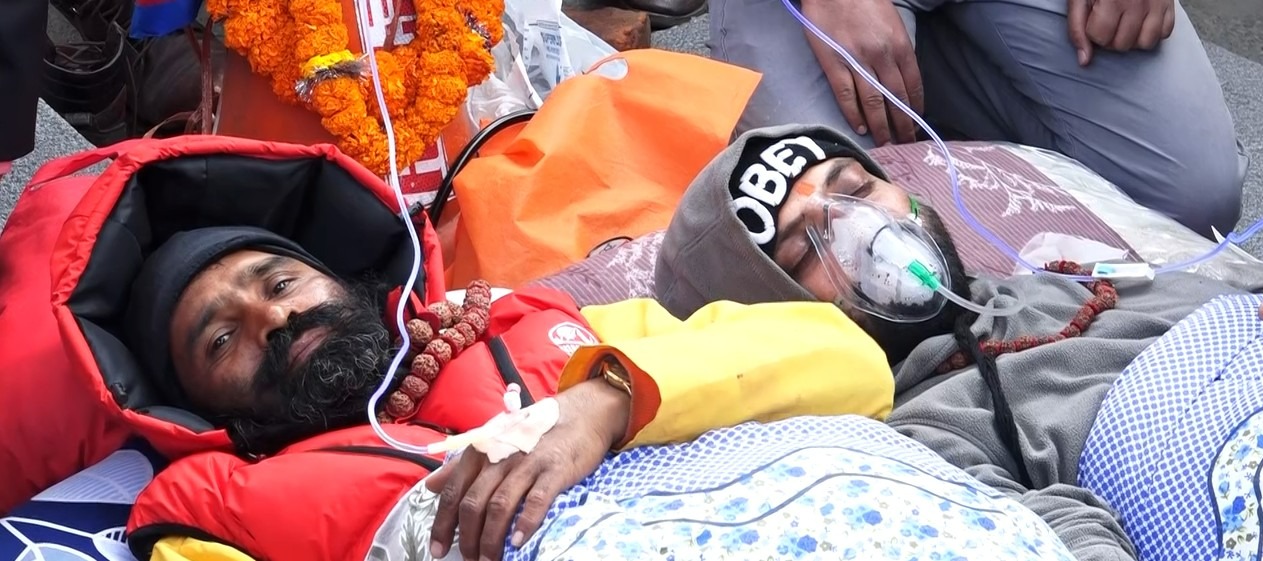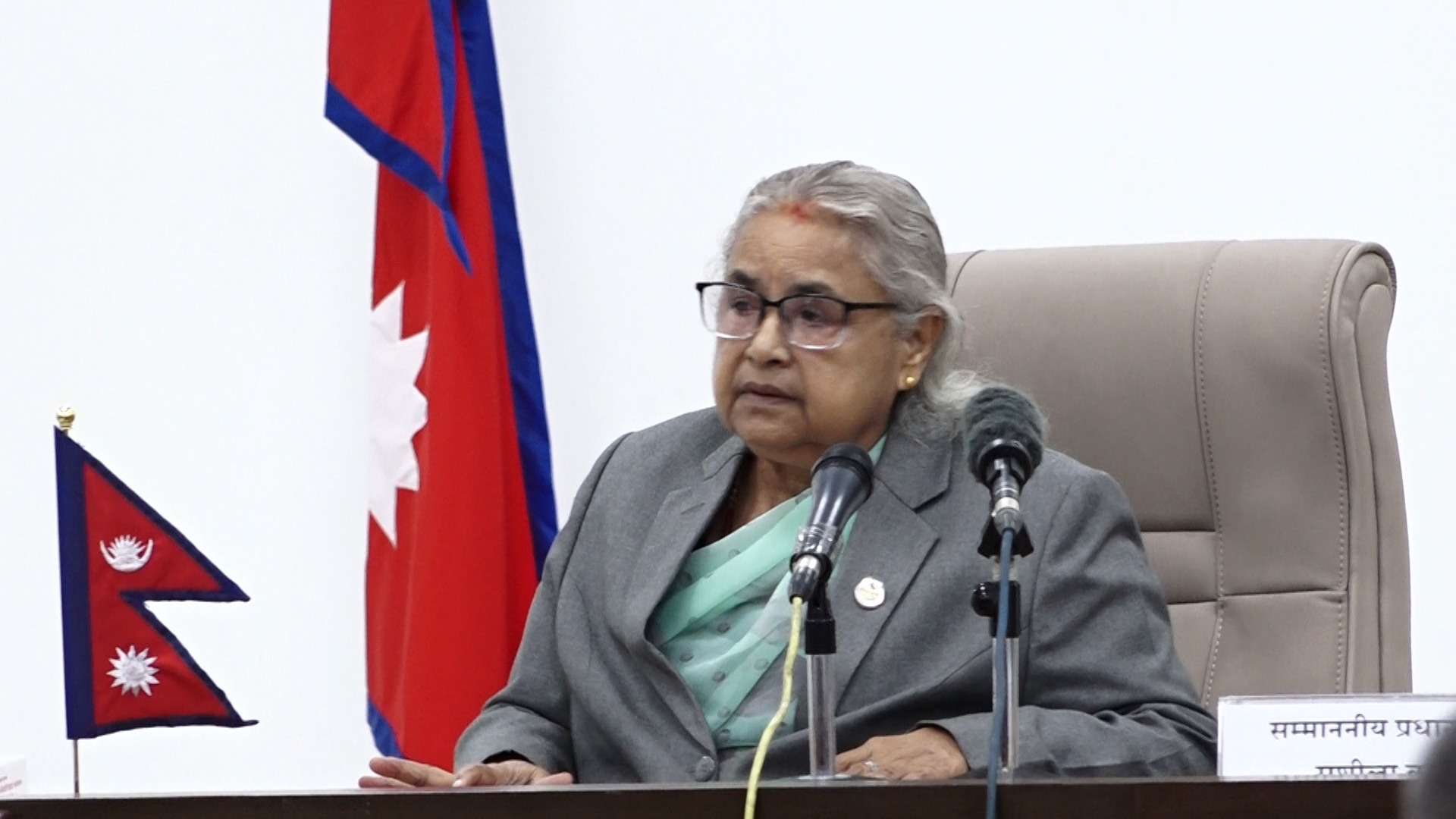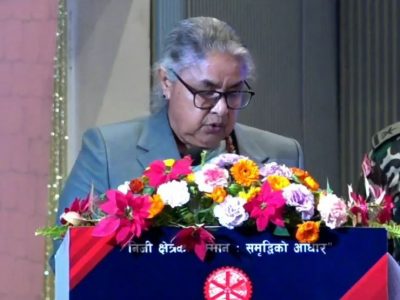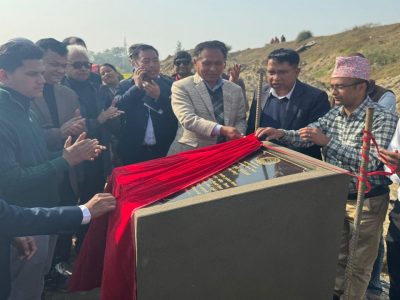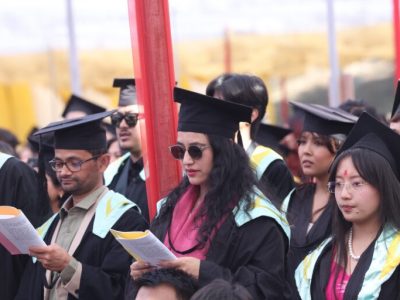Rethinking One Health: Beyond the Anthropocentric Lens in Nepal

Health in Nepal is not confined to hospital corridors or clinic shelves. It stretches across forest trails, pulses through livestock herds, and flows in the rivers that sustain both people and wildlife. In such a country, rich in biodiversity, agricultural heritage, and deeply interlinked communities, the One Health approach is not just a policy option, but a necessity. Yet, despite its growing popularity in global discourse, Nepal’s journey with One Health remains incomplete. And at its center lies a challenge: the tendency to view health as something that starts and ends with humans.
This anthropocentric lens, though understandable in times of public health crises, narrows what should be a wide, interconnected vision. One Health was never meant to serve human health alone. It was envisioned to acknowledge the seamless link between humans, animals, and the environment. But in practice, policy tends to prioritize preventing diseases from animals, rather than investing in the health of animals and ecosystems themselves.
Zoonotic diseases are often the catalyst for conversations around One Health, and rightly so. Nepal has had its share of these threats, from rabies to avian influenza and, more recently, the rise in vector-borne illnesses like dengue, which reached high-altitude districts during the 2019 outbreak. These challenges highlight why early warning systems and inter-sector collaboration are critical. However, when the response remains reactive and narrowly focused, we miss the larger opportunity: to build a resilient, preventive health system that serves all life.
As a veterinarian working in the field, I see daily how animal health is often overlooked unless it directly affects humans. Preventable diseases in goats, poor animal nutrition, or unchecked spread of parasitic infections are not just economic concerns for farmers, they are weak links in a broader system. And these weak links can become outbreak triggers, food security issues, or even drivers of antimicrobial resistance. To correct this, Nepal needs policy shifts that are not merely technical, but philosophical.
One of the most urgent changes is to move beyond viewing One Health as a coordination mechanism. It should be legally recognized as a national framework, with clearly defined responsibilities for each sector: human health, animal health, and environment and with its own dedicated budget. At present, coordination often depends on goodwill and external funding, making long-term sustainability fragile. A formalized structure would not only bring accountability but also legitimacy to all stakeholders involved.
Surveillance is another key area. Most systems today focus on diseases affecting humans or livestock productivity. But wildlife surveillance is sporadic, environmental health data is rarely integrated, and many remote districts lack the infrastructure to report emerging threats. A strong One Health policy would ensure integrated surveillance that includes wildlife, vector ecology, and environmental stress indicators. Such systems could detect not just outbreaks, but the early ecological shifts that precede them.
And then, there’s education. The future of One Health depends on how it is understood by tomorrow’s professionals. Medical students, veterinarians, environmental scientists, social workers, they all need to speak the same language of interconnectedness. Curricula at universities and technical institutes should embed One Health concepts, not as electives, but as core modules.Field-based interprofessional education can increase mutual respect and practical collaboration, starting from the training phase.
Policy should also empower communities. In Nepal, local farmers, forest users, and even schoolteachers are often the first to notice unusual patterns in animals or changes in the environment. Their observations, if channeled properly can become vital early warnings. Public health programs must create pathways for such local insights to reach decision-makers, and training programs should equip communities to take preventive action at their level. A top-down approach alone will not work in a country as geographically and culturally diverse as ours.
What binds all of these changes together is a simple but radical idea: that animals and ecosystems matter not only for what they offer to humans, but for what they are. One Health in its true form must reflect this belief. A jackal entering a village should not only raise concern for rabies; it should also prompt reflection on why its habitat is shrinking. A poultry outbreak should raise not only fears of transmission, but also questions about the sustainability of current farming practices. A dying forest is not just a lost carbon sink, it is a lost buffer for disease regulation, a lost home for pollinators, a lost balance in our ecosystem.
This is not about diluting focus from human health, it is about strengthening it by acknowledging the fabric it is woven into. Disease ecology is no longer linear. Climate change, land use patterns, global trade, and cultural practices are now deeply entangled. Nepal’s geography, with its ecological transitions from plains to mountains within short distances, makes it particularly sensitive to such disruptions. Our response must match this complexity – not with isolated efforts, but with shared vision and systems thinking.
As a young veterinarian, I believe that Nepal stands at a unique intersection. We have the scientific knowledge, the institutional memory of past outbreaks, and the grassroots connection to nature. What we need now is the political will to embrace a non-anthropocentric vision of health. One that values a healthy buffalo not just for milk production, but as part of a family’s resilience. One that respects a forest not just for its timber or tourism potential, but as a living system that safeguards our future.
When we begin to act on this vision – across ministries, in classrooms, in local municipals and health posts, we will be writing a new chapter for public health in Nepal. One where no species is left behind. One where we don’t ask what animals or forests can do for us, but what we must do together to live well.
Because we share more than space – we share health. And the future of One Health in Nepal depends on how deeply we are willing to believe in that truth.
Dr. Ayush Adhikari is a veterinarian and One Health advocate working at the grassroots level with Heifer International Nepal. He has represented Nepal at international conferences and focuses on zoonotic diseases, public health, and sustainable livestock practices. He can be contacted via [email protected]. All views expressed are his personal opinions.
Facebook Comment
latest Video
Trending News
- This Week
- This Month





